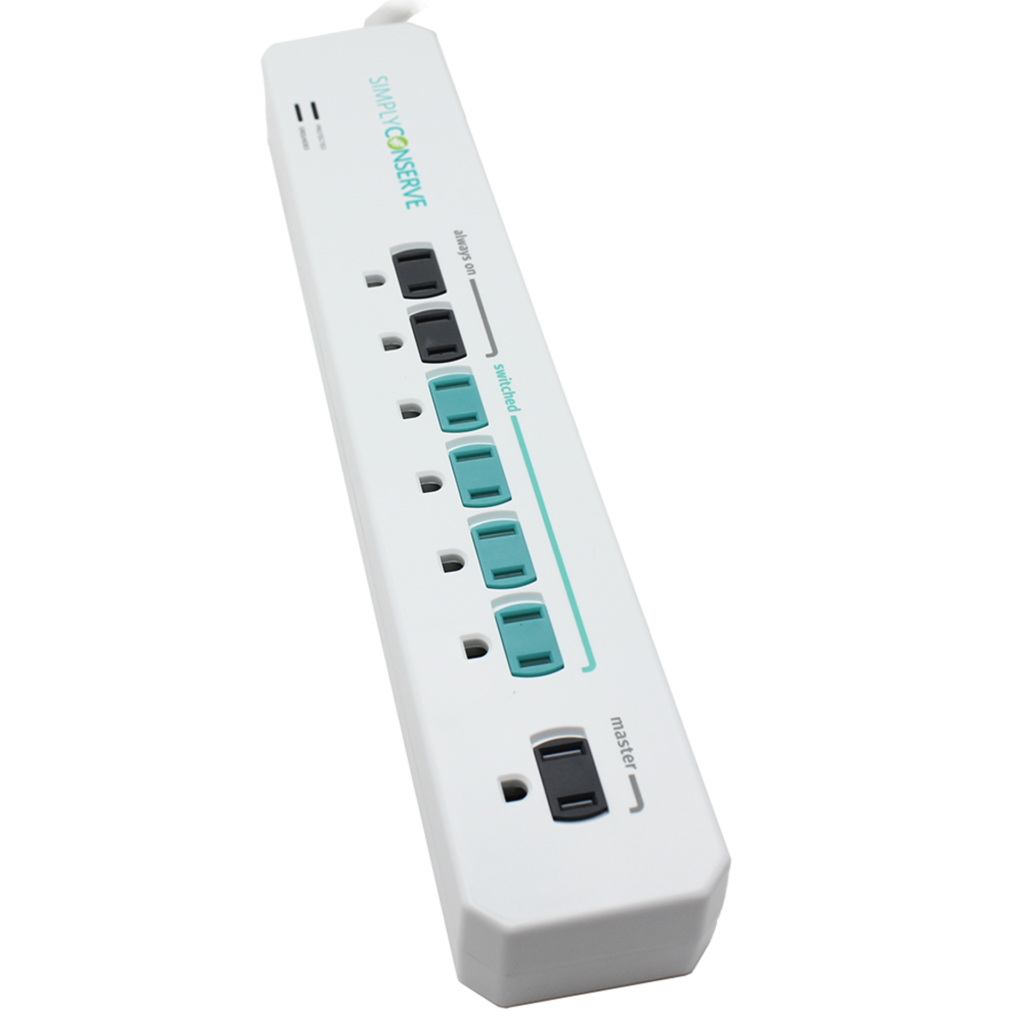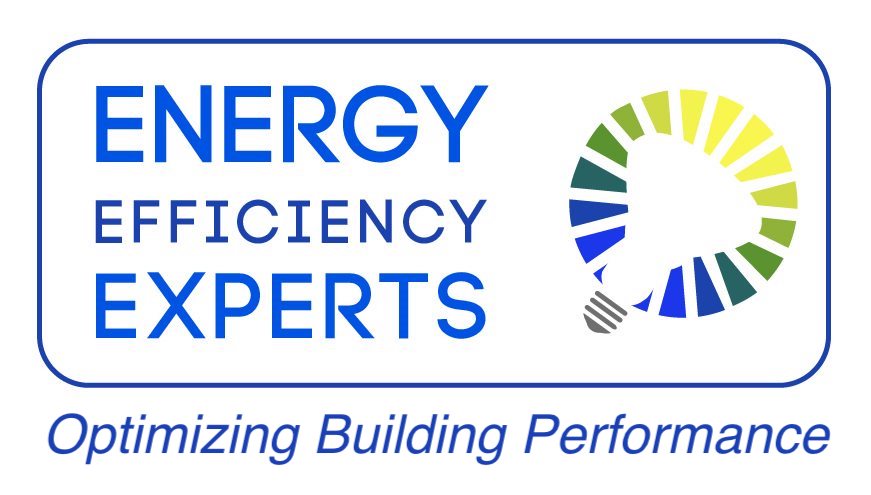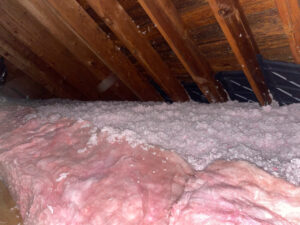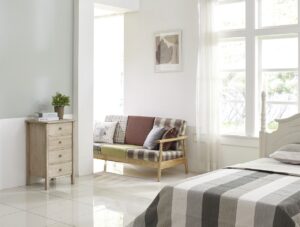23 Energy Tips for 2023

In the blink of an eye, 2022 has come and gone. With the new year upon us, it’s time to start thinking about New Year’s Resolutions for 2023. Have you been thinking about approaching energy efficiency and sustainability from a new angle? Add one or two of these resolutions to your own list this year!
- Make One Change: Sustainability and energy efficiency is a lifestyle, and with each new habit, it takes small, incremental changes to really stick. For 2023, pick one area of your life in which you can be more energy efficient. Whether it be taking shorter showers or eating vegetarian/vegan once a week, pick something that feels approachable and work your way up to your goal instead of launching directly into it.
- It’s All About Layers: It’s the first advice given when dealing with the seasons, but it’s a classic for a reason. Always layer according to the season: add more layers in the colder months and dress accordingly for the warmer months.
- Air-Dry Clothes: An age-old technique for drying clothes, try a hanging clothes rack to air dry clothes instead of spending energy to dry them in the dryer. Drying clothes in the sun can also kill germs with UV rays, as well as giving them a unique sunshine scent.
- Switch to Public Transportation When Possible: Depending on your city’s public transportation infrastructure, there could be a variety of options for moving around your area. Public transportation can be especially helpful when you don’t want to deal with finding parking or paying outrageous gas prices.
- Car Energy: When mapping your journey, opt for the most fuel efficient routes. When driving, try to keep your car at relatively the same speed. This can be especially challenging in high traffic areas like DC, but is a good habit to build whenever possible. When navigating the many traffic jams of the city, try driving at a slower pace overall to avoid frequent breaking.
- Switch to LED: Switching from incandescent to LED bulbs can make a noticeable difference on your bills. Incandescent bulbs use a lot of watts and feel hot to the touch whereas LEDs use a fraction of the same wattage and stay cooler longer. LED lights come in every shape and size with warm and cold light options to meet your needs.
- Turn Off Lights: Lights can be a constant drain on your electricity and bumping up your electric bill each month. Turn off the lights you’re not using and turn off lights in rooms you’re not in.
- Exorcize Ghost Energy: Did you know that every appliance plugged into electricity is still drawing in electricity, even when it’s off? Also known as Vampire Power or Phantom Loads, Ghost Energy describes the small amount of energy that is constantly being drawn for appliances left plugged in. For appliances that don’t require a constant supply of power, unplugging can have a noticeable effect. It seems minimal to unplug an appliance after use, but add the combined ghost energy from your toaster, kettle, air fryer, lamps, reading light, phone charger, laptop charger, etc and the energy cost adds up.
- Use Power Strips: Power strips can help save you energy without even trying. Power strips are able to regulate power consumption by cutting power to appliances when not in use while also providing surge protection. Some power strips (like those included in an EEE Home Energy Audit) have load-sensing features, which allow switched outlets to be controlled by a master outlet. For example, by plugging your TV into the master and DVD players/game consoles into switched outlets, the latter only turn on when the TV is turned on. This is also useful for home offices.
- Caulking: The DMV area is home to its fair share of older homes, and cracks are a fact of age. If you notice any smaller cracks in your foundation, a quick addition of caulk can help keep your home airtight. Look for cracks in the basement, around water sources like gutters, by windows, and around door trim.
- Weatherstrip: Weatherstripping doors can help prevent outdoor air from entering your home. It can also help keep pests out when it starts getting cold outside. There are many varieties of weatherstripping, from stickers (which are more temporary) to spring bronze. Keep an eye on EEE’s blog page for a future article on finding the best weatherstripping for your home!
- Clean Ductwork: Cleaning your ducts can increase your home energy efficiency as well as improve your indoor air quality, with a variety of DIY techniques available online. But if you’d like your entire ductwork cleared out, hiring a professional is the way to go.
- Fan Before AC: With the summers getting hotter every year, air conditioners are being used more often and for longer. However, turning off your AC in favor of your fans can help reduce your energy consumption while still keeping you cool. Try turning on your air conditioning for a short while and allowing your fans to circulate the cool air throughout your home.
- Get a Kilowatt Meter: Have you ever wondered how efficiently your appliances are working? There is a way to find out! Kilowatt meters measure how many kilowatts an appliance is using. Is your fridge using more energy than it’s worth? Install a kilowatt meter and find out for sure.
- Switch Old Appliances to Energy Star Appliances: Over time, appliances like refrigerators, dishwashers, and ovens lose efficiency. When your kilowatt meter is telling you it’s time to replace an old appliance, look for the Energy Star logo to get the most efficient option.
- Keep Your Water Heater at 120°: The default setting for water heaters is about 140°, but the most energy efficient temperature is 120°. This temperature ensures there’s a much lower risk of scalding, but is also high enough to kill any bacteria that may develop from stagnant water sitting in your tank.
- Programmable Thermostat: Thermostats allow you to adjust the temperature to your needs and can actually save you about 2% for every degree of temperature. Some programmable thermostats allow you to schedule the temperature, keeping your system in energy-saving mode until you need it.
- Set Your Thermostat Low: If you are able to adjust your thermostat, try keeping it at a lower temperature in the winter. According to Energy.gov, the recommended temperature for a furnace is 68° and no lower than 60° when you’re asleep or on vacation.
- Minimize Fireplace Use: Although the ambience of fireplaces can’t be beat, the energy efficiency can definitely be improved. About 80% of the heat from a fireplace goes straight up the chimney without ever entering your home. Minimizing fireplace usage saves you the cost of firewood and the risk of toxic fumes entering your home. Learn more in a future EEE blog: Is it time to fire your fireplace?
- Get an Annual Chimney Cleaning: If you use your fireplace, be sure to get an annual chimney cleaning to ensure your chimney is working at its best. Chimney sweeps recommend getting a checkup at the beginning of the season before you start using your fireplace.
- Get an Annual HVAC Checkup: Always have an HVAC expert check out your HVAC system once a year to find any issues that may have cropped up over the year. Keep in mind that furnaces and water heaters have a lifespan of about 15 years. If you’re looking to replace your system, EEE can help. Keeping track of your heating and cooling is more than just energy efficiency, it’s also for safety. Plus, preventative maintenance is always cheaper in the long run!
- Get a Home Energy Audit: Perhaps you’ve noticed drafts around your home. Perhaps your bills are higher than your friends’ and neighbors’. Perhaps you just want to increase your home’s energy efficiency. No matter the reason, the best way to understand your home’s energy efficiency is by getting a home energy audit. In two hours or less, our energy auditors assess your attic insulation, test your appliances, pinpoint problem areas, and brainstorm personalized solutions. Book online or call us at (202) 557-9200 today!
- Check out EEE’s Website for more DIY tips for reducing your energy consumption!



How can we help?
At Energy Efficiency Experts we inspect the structural integrity of your home and look for possible cracks and holes in what we call the “conditioned envelope”, or the shell of your home which contains all your conditioned air. We analyze your bills and look for ways to improve your home’s energy efficiency. If you live in the Washington DC/Maryland/Virginia (DMV) area and have concerns about your home’s energy efficiency, schedule a home energy audit at https://energyefficiencyexperts.com/contact/ or call our office at 202-557-9200.
Curious about what other services we provide? Check out the full list of auditing services and see what our in-house crew can do for you!





